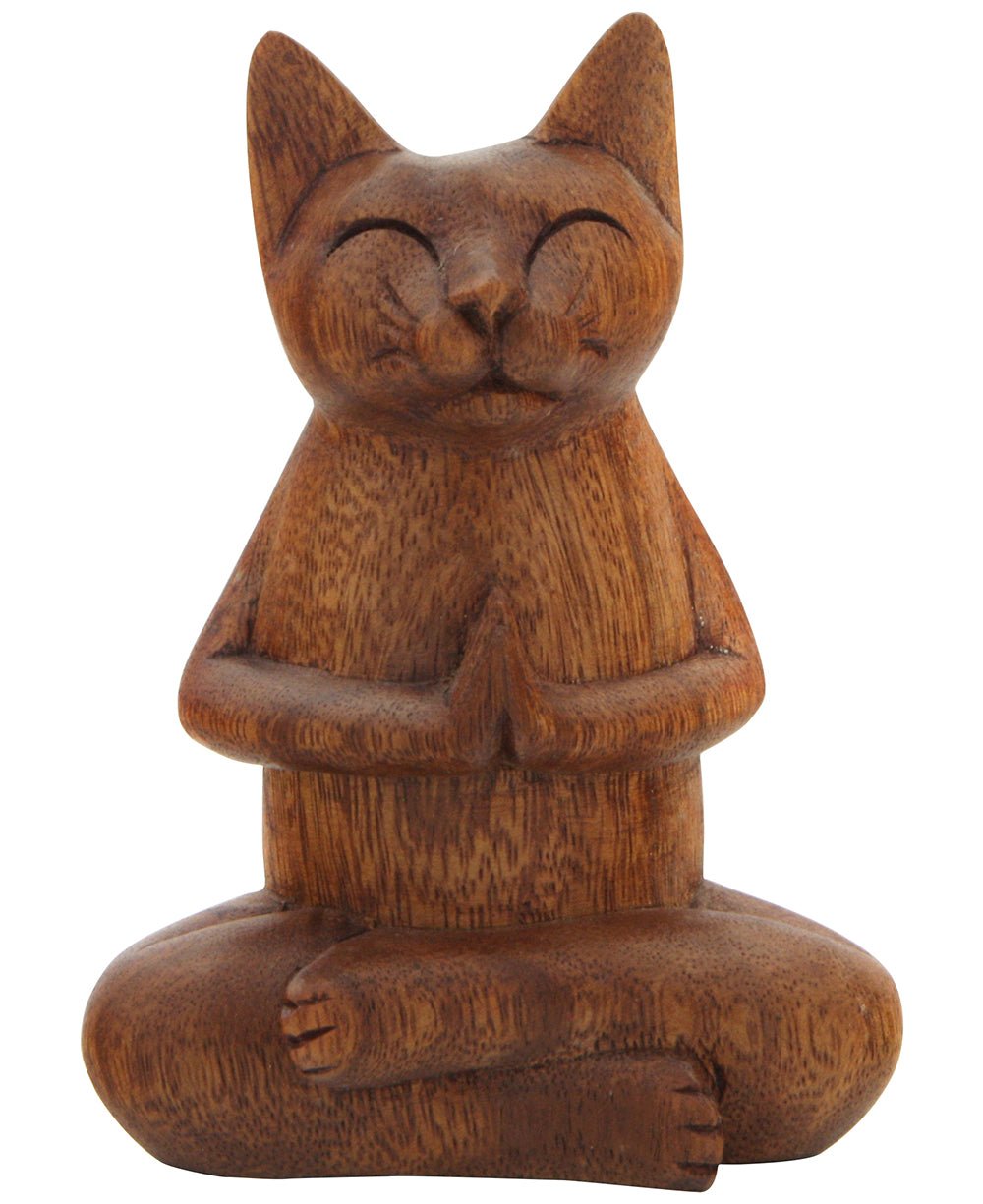Understanding the Difference: Buddha vs. Happy Buddha

When you think of Buddha, what image comes to mind? For many, it's a serene, meditative figure. For others, it might be a jolly, laughing character. But did you know these two images represent different figures altogether? Let’s dive into the fascinating distinctions between the Buddha and the Happy Buddha.
Who is the Buddha?
The term "Buddha" typically refers to Siddhartha Gautama, who lived around 2,500 years ago in ancient India. He is the founder of Buddhism and is known for attaining enlightenment under the Bodhi tree. His teachings focus on overcoming suffering, achieving inner peace, and reaching Nirvana.
Key Characteristics:
- Appearance: Often depicted as a serene, meditative figure.
- Symbols: Lotus flower, Bodhi tree, meditation posture.
- Philosophy: Emphasizes mindfulness, the Four Noble Truths, and the Eightfold Path.
Who is the Happy Buddha?
The Happy Buddha, also known as Budai or Hotei, is a completely different character. Originating from Chinese folklore, Budai was a wandering monk who lived around the 10th century. He is often depicted as a joyful, plump figure carrying a sack.
Key Characteristics:
- Appearance: Rotund, laughing figure with a big belly.
- Symbols: Large sack, children, wealth, and abundance.
- Philosophy: Symbolizes happiness, prosperity, and good fortune.
Key Differences
Let's break down the primary differences between these two figures.
| Aspect | Buddha | Happy Buddha |
|---|---|---|
| Historical Origin | Siddhartha Gautama, 5th century BCE | Budai, 10th century CE |
| Cultural Origin | India | China |
| Appearance | Serene, meditative, lean | Laughing, plump, joyful |
| Symbolism | Enlightenment, inner peace | Happiness, prosperity, good fortune |
| Common Symbols | Lotus, Bodhi tree, meditation | Sack, children, wealth |
| Philosophical Focus | Overcoming suffering, mindfulness | Spreading joy, abundance |
Comparison Chart
Here's a visual representation to make it even clearer:
| Buddha | Happy Buddha |
| Meditative, serene | Joyful, laughing |
| Focus on enlightenment | Focus on happiness |
| Symbols of inner peace | Symbols of wealth and prosperity |
Why It Matters
Understanding the difference between these two figures is essential for appreciating their cultural and spiritual significance. The Buddha teaches us the path to inner peace and enlightenment, while the Happy Buddha reminds us to embrace joy and share our happiness with others.
In a world often filled with stress and challenges, both figures offer valuable lessons. The Buddha encourages us to find calm and clarity within ourselves, while the Happy Buddha inspires us to spread positivity and abundance in our daily lives.
By recognizing these distinctions, we can better appreciate the rich tapestry of beliefs and symbols that enrich our spiritual journeys.
Conclusion
Whether you resonate more with the serene wisdom of the Buddha or the joyful abundance of the Happy Buddha, both figures offer unique insights into living a fulfilling life. Next time you see a statue or image of either, you'll know the stories and meanings behind those smiles and serene expressions.
Embrace the lessons they offer and find a balance between inner peace and outward joy. After all, life is about the journey and the rewards along the way.

















